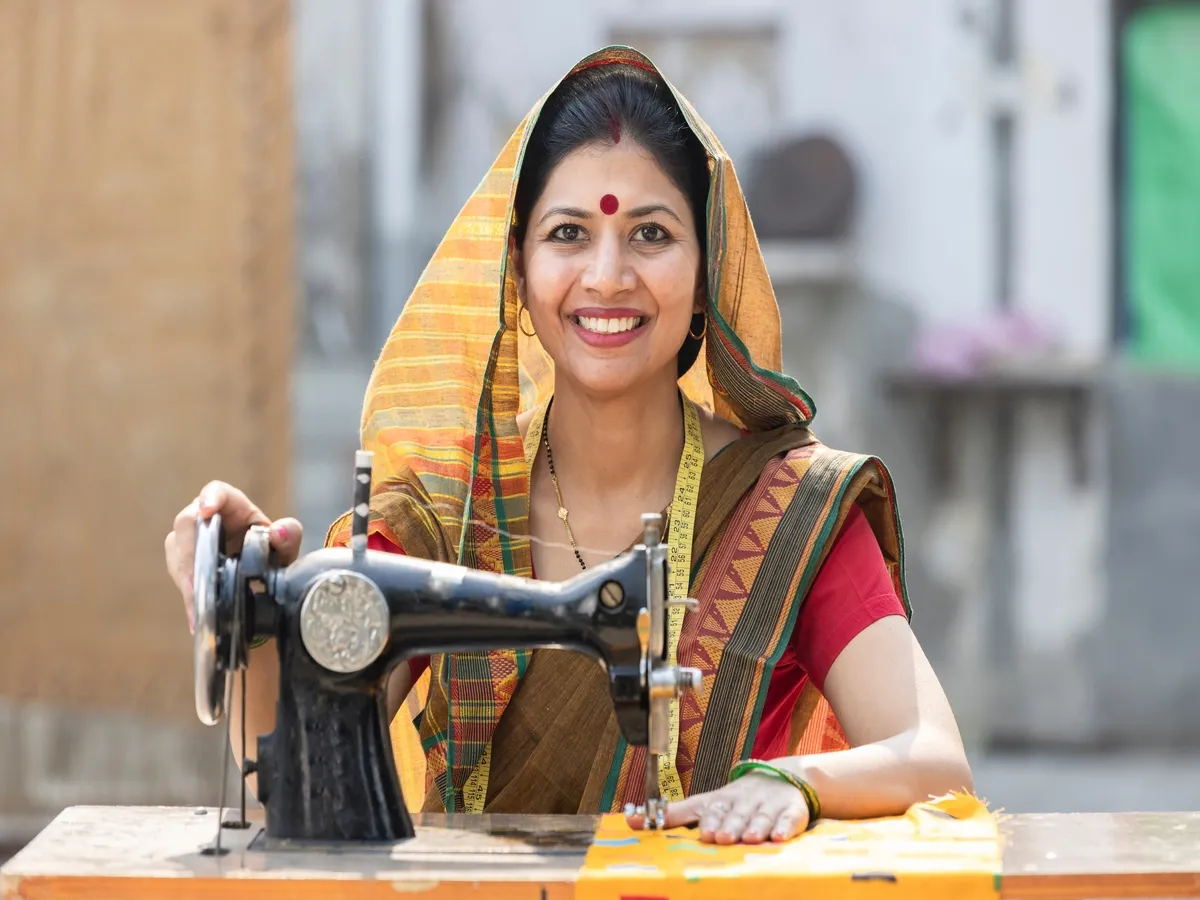Business News
Priority investment needed in rural women-led enterprises: World Bank

2 min read | Updated on July 04, 2024, 15:56 IST
SUMMARY
A working paper published by the World Bank highlighted the need to add a priority tag to rural growth-oriented female-led businesses to boost Female Labour Force Participation (FLFP).

During the period of economic acceleration from 2005 to 2012, India witnessed a decline in FLFP from 33% to 25%.
India needs to invest in women-led rural growth-oriented businesses to boost the Female Labour Force Participation (FLFP) rate, as per a paper published by the World Bank on 26 June.
Although micro-enterprises have a priority designation, the loans are largely provided to businesses with a turnover closer to ₹5 crore. The study noted that making credit available to female enterprises was not prioritised separately. It added the need to sub-segment the micro-enterprise category to encourage commercial banks to lend to this sector.
The paper, authored by Arshia Gupta, Alreena Renita Pinto, and Balakrishnan Madhavan Kutty, acknowledged that the Government of India recognises the contributions made by women enterprises in the economy but added that the sector needs specific attention to grow and contribute to jobs and incomes.
The report recognised the efforts made by government and non-government organisations in supporting female-led growth businesses. However, it added that of these organisations, “very few focus on identifying growth enterprises and providing dedicated support to them.”
The institutional reforms recommended by the paper include strengthening decentralised incubation centres, developing women’s entrepreneurship centres, and strengthening avenues for institutional procurement to provide women with a safety net to explore and compete in the open market.
On the investment side, it proposed developing cash flow-based financial products tailored to the needs of the businesses, and to introduce growth-oriented women enterprises to commercial loans.
The study further suggested developing data-based targeting approaches to identify the target segment of growth-oriented rural enterprises, women mentors for women enterprises, developing a bespoke training curriculum for women entrepreneurs, and regular refresher training.
India is undergoing a structural transformation as it evolves from an agrarian economy to a non-farm-driven economy. During the period of economic acceleration from 2005 to 2012, India witnessed a decline in FLFP from 33% to 25%.
“Most women opted out of agriculture to either join the non-farm workforce or concentrate on domestic activities. Several scholars attribute this fall to an increased enrollment in higher education. While this is a desirable trend, it creates a challenge of generating jobs commensurate to skill levels. Furthermore, as indicated above, the evidence points to an unequal absorption of labour exiting agriculture. Of the 27 million women workers who left the agriculture workforce, only 5 million (~18%) joined the non-farm sector while all male workers who left agriculture during the same period were absorbed into the non-farm sector,” the report added.
About The Author
Next Story

